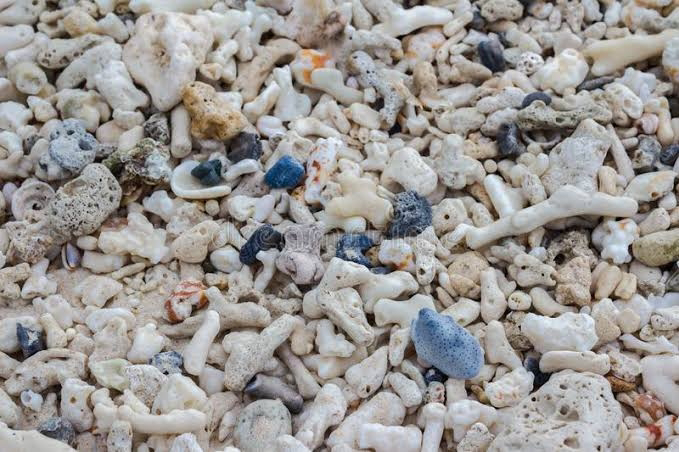Choosing the right aquarium substrate is crucial for creating a healthy and thriving aquatic environment. Here are the top five aquarium substrates, each with its unique benefits:
1. **Gravel:**
Gravel is a classic and versatile substrate suitable for various aquarium setups. It comes in different sizes and colors, allowing aquarists to customize their tank aesthetics. One of the significant advantages of gravel is its ease of cleaning. Debris and waste particles can settle between the gravel, making it easier for mechanical filtration to remove them. Additionally, gravel provides a stable base for decorations and promotes the growth of beneficial bacteria in the aquarium's substrate, aiding in biological filtration.
2. **Sand:**
Sand is a popular choice, especially for aquariums with bottom-dwelling fish and invertebrates. Its fine texture creates a soft and natural-looking substrate that mimics the environment of many aquatic species. Sand is particularly favored for aquariums containing delicate plants since it allows their roots to anchor securely. However, it's essential to note that sand requires careful maintenance to prevent the buildup of waste on its surface. Stirring the sand regularly helps avoid anaerobic pockets that can release harmful gases.
3. **Aquarium Soil:**
Specifically designed for planted aquariums, aquarium soil is nutrient-rich and supports plant growth. It usually contains essential elements like nitrogen, phosphorus, and potassium, promoting healthy root development and vibrant foliage. This substrate is beneficial for aquarists interested in creating lush, planted tank landscapes. While aquarium soil can initially cloud the water, it settles over time, and its nutrient content fosters an environment conducive to both plants and fish. Regular water changes and careful planting practices can mitigate any initial cloudiness.
4. **Crushed Coral:**
Crushed coral is an excellent choice for aquariums housing marine or cichlid species that prefer alkaline water conditions. Composed of calcium carbonate, crushed coral gradually releases minerals into the water, buffering pH levels and maintaining water hardness. This substrate is especially valuable for aquarists aiming to replicate the natural habitat of fish that thrive in higher pH environments. However, it's crucial to monitor pH levels regularly to prevent any drastic fluctuations.
5. **Clay Pebbles:**
Clay pebbles, also known as hydroton or expanded clay aggregate, are a unique substrate choice, particularly popular in planted aquariums. These lightweight and porous pebbles provide an excellent environment for beneficial bacteria colonization. They also offer stability for plant roots while allowing water to circulate effectively. Clay pebbles are an alternative to traditional substrates and are often used in aquaponics setups where the combination of fish and plant growth is integrated.
When selecting an aquarium substrate, consider the specific needs of your fish, plants, and overall tank design. Factors such as water chemistry, aesthetics, and ease of maintenance should guide your choice. Regular observation and proper substrate care will contribute to a thriving aquarium environment for your aquatic companions.





Comments
Post a Comment